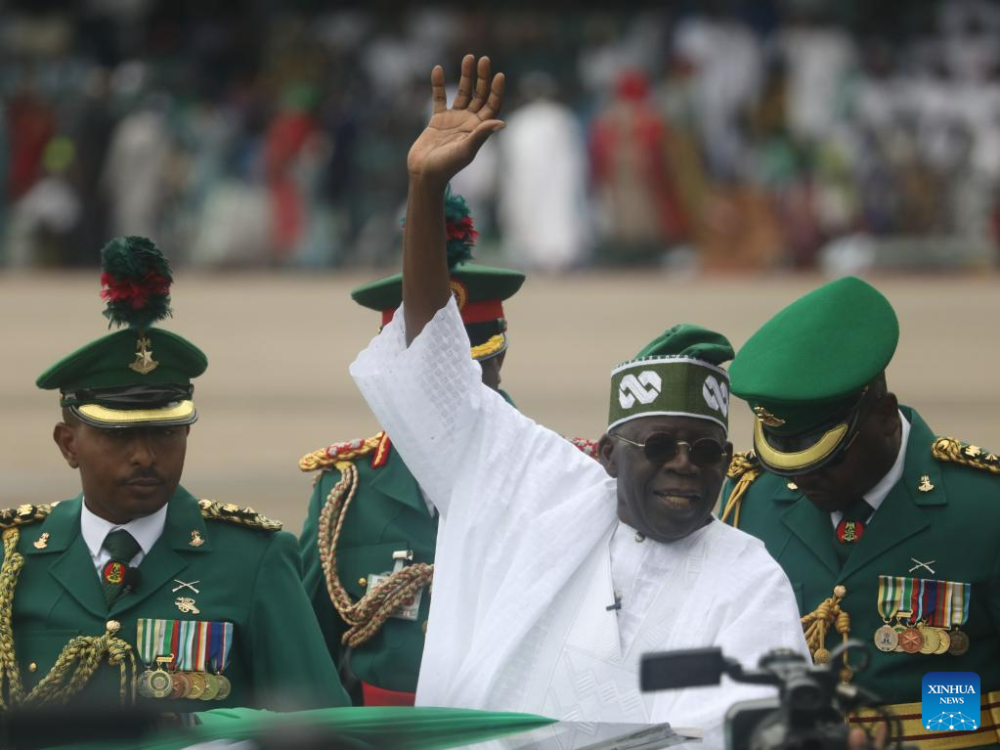Japan and South Korea face nearly identical threats: North Korea’s expanding nuclear arsenal, China’s airspace violations, and maritime insecurity. Both nations depend on vulnerable sea-lanes for energy imports and trade. Their militaries are increasingly complementary, Japan’s Aegis destroyers and blue-water capabilities pair well with South Korea’s missile systems, drones, and cyberwarfare expertise … writes Dr Sakariya Kareem
As China’s assertiveness intensifies and American strategic clarity wanes, the time has come for Japan and South Korea to forge a formal military alliance. The geopolitical calculus of East Asia has shifted dramatically, and clinging to historical grievances now risks strategic irrelevance.
Japan’s newly elected Prime Minister Sanae Takaichi, in her first policy address, declared that “the military movements of China and North Korea are becoming a serious threat” and pledged to strengthen ties with “countries that share fundamental values”. Her overture to South Korea, once a target of her nationalist rhetoric signals a recognition that Tokyo and Seoul must move beyond the past to confront a perilous future.
China’s behaviour in the region has grown increasingly provocative. Its bomber patrols near Japanese and Korean airspace, aggressive naval manoeuvres in the East and South China Seas, and coercive diplomacy toward Taiwan and the Philippines reflect a broader ambition: regional hegemony. Beijing’s military budget now exceeds $300 billion annually, and its navy is the world’s largest by ship count. These are not defensive postures they are instruments of power projection.
China’s internal governance compounds the threat. Under Xi Jinping, the Chinese Communist Party has consolidated authoritarian control, suppressed dissent in Hong Kong and Xinjiang, and weaponized economic dependencies through Belt and Road initiatives. The regime’s disregard for international norms and its opaque decision-making makes it a uniquely destabilising force in East Asia.
South Korea’s foreign minister recently warned that “China’s assertiveness is reshaping the regional security landscape,” while reaffirming Seoul’s commitment to trilateral cooperation with Washington and Tokyo. Yet without a formal Korea–Japan alliance, deterrence remains fragmented.

The United States, long the anchor of East Asian security, is now an unreliable partner. President Donald Trump’s transactional diplomacy and ambivalence toward alliances have unsettled both Tokyo and Seoul. While Washington continues to support trilateral coordination, its strategic bandwidth is stretched thin by global commitments and domestic polarization.
The “hub-and-spokes” model of bilateral alliances America at the center, allies at the periphery is no longer sufficient. China’s rise demands horizontal integration among allies. A Korea–Japan military alliance would institutionalize joint command structures, early-warning systems, and mutual defence protocols, ensuring regional stability even if American forces are delayed or diverted.
Japan and South Korea face nearly identical threats: North Korea’s expanding nuclear arsenal, China’s airspace violations, and maritime insecurity. Both nations depend on vulnerable sea-lanes for energy imports and trade. Their militaries are increasingly complementary, Japan’s Aegis destroyers and blue-water capabilities pair well with South Korea’s missile systems, drones, and cyberwarfare expertise.
The 2023 Camp David summit laid the groundwork for deeper trilateral cooperation. The Sejong Institute called it “a practical starting point toward institutionalization” of security ties. The 2025 Defence of Japan white paper describes South Korea as “an important neighbouring country and a partner” and identifies China as “the greatest strategic challenge”.
Recent developments reinforce this trajectory. After the 2024 Shangri-La Dialogue, Tokyo and Seoul agreed that closer military coordination benefits both nations and strengthens the US–ROK–Japan framework. The National Bureau of Asian Research emphasizes that “shared threat perception toward North Korea and China” is the key to sustainable cooperation.
The emotional weight of historical colonial occupation, wartime atrocities, and territorial disputes has long impeded Korea–Japan relations. Yet survival demands adaptation. The General Security of Military Information Agreement (GSOMIA) proved that mutual interests can override political turbulence. A formal alliance would not erase history, but it would ensure a future.
John Mearsheimer’s theory of offensive realism predicts that great powers seek dominance and smaller states must balance against them. China fits the mould. If Seoul and Tokyo remain divided, they invite coercion. If they unite, they restore equilibrium.
East Asia stands at a crossroads. China’s ambitions and provocations, and America’s fatigue have created a strategic vacuum. Japan and South Korea two vibrant democracies with advanced militaries and shared values must fill it.
A bilateral military alliance would transform them from vulnerable spokes into a resilient pillar of regional order. It would preserve autonomy, deter aggression, and uphold a free Indo-Pacific.







